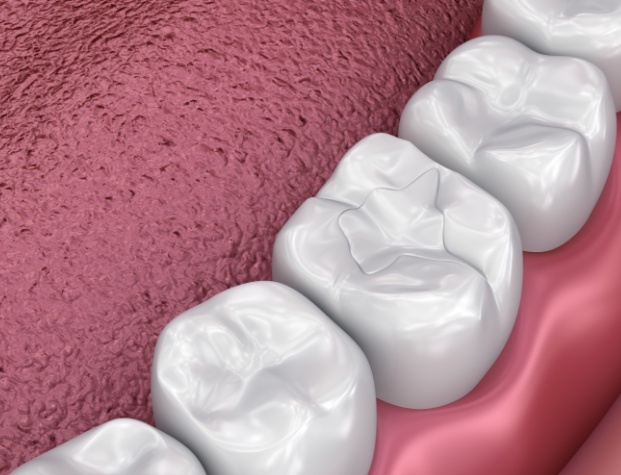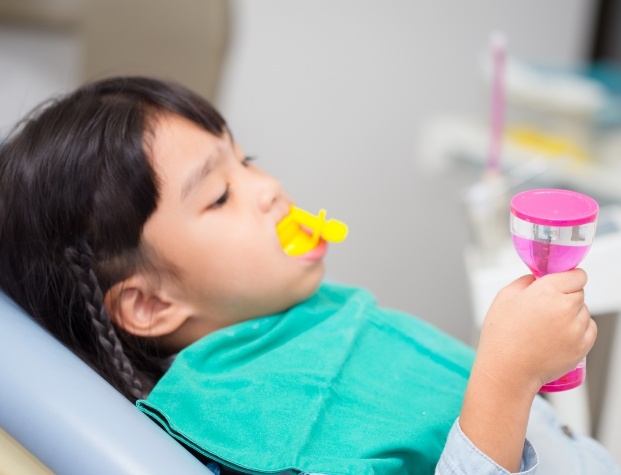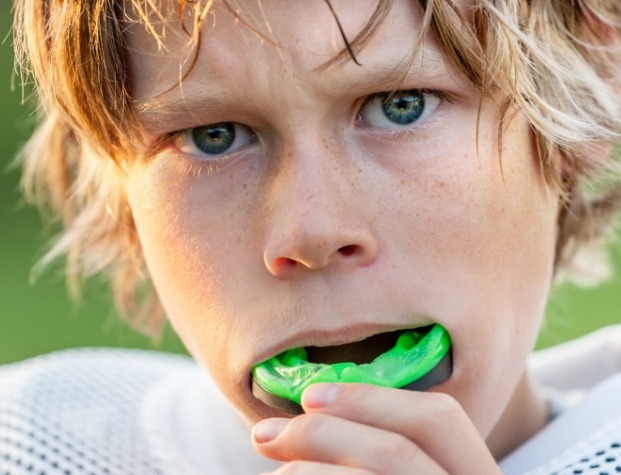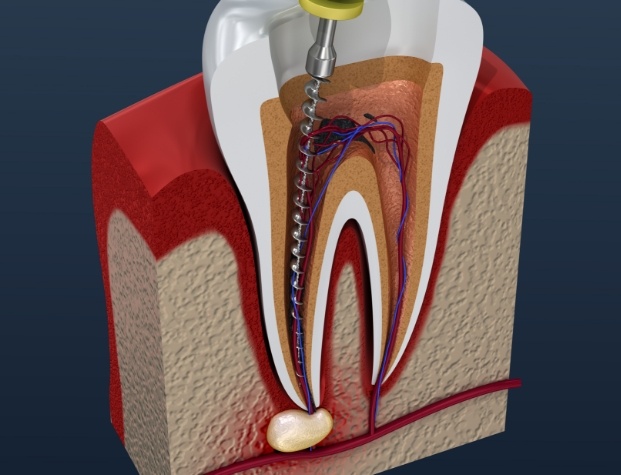Our Westerville dental office is in the same general location as the Westerville Community Center, on County Line Rd W between Africa Rd and N Cleveland Ave. We’re also less than five minutes west of N State Street.
Children’s Dentist – Westerville, OH
Young Smiles Deserve the Best of Care

Protecting your child’s smile generally means making sure that they get the care they deserve as early in life as possible. Just like adults, children should visit the dentist at least two times every year for a routine checkup and cleaning. Generally speaking, their first dental appointment should either take place before their first birthday or within six months of their first tooth erupting (whichever comes first).
When your little one starts seeing the dentist as early as possible, you’ll significantly improve their odds of having dental issues caught before they can lead to serious damage. Furthermore, these visits are a good chance to ask our dental team for tips on making sure that your child is practicing proper oral hygiene at home on a daily basis.
If you’ve been planning on scheduling a dental appointment for your child soon, there’s no time like the present. Pick up the phone and get in touch with Tzagournis Dental Group of Westerville today to schedule an appointment for the youngest members of your family.
Why Choose Tzagournis Dental Group of Westerville for Children’s Dentistry?
- Gentle, Knowledgeable Dental Team
- Friendly Hygienists That Care About Comfort
- We Welcome Children of All Ages
Dental Sealants

Your child’s molars and premolars will likely be at a higher-than-average risk for cavities until they get the hang of brushing, so until then, it’s a good idea to have dental sealants placed on these teeth. A sealant is basically a thin layer of protective material that works to keep out the food particles and bacteria that are known to contribute to tooth decay.
Silver Diamine Fluoride

When your child has a cavity, silver diamine fluoride can often be used to stop the decay in its tracks. While the fluoride component strengthens the enamel, the silver can help get rid of cavity-causing bacteria.
Athletic Mouthguards

No matter how careful your child is while playing their favorite sport, there’s no way of knowing when they might suddenly get hit in the mouth. As such, the best thing you can do is prepare ahead of time by making sure that they have a mouthguard that can keep their teeth safe if the worst should ever happen. Mouthguards made by a dentist tend to be more comfortable, which often means that your young athlete will be less likely to “accidentally” forget to put it in.
Special Needs Children’s Dentistry

Some children need special accommodations due to specific cognitive or physical disabilities that can make it challenging to have dental care performed. Our team is well aware that different children have different needs, and we’re prepared to handle a wide variety of situations. You can rest assured that when you bring your child to our office, they’ll be able to receive the treatment they need while staying as comfortable as possible. Don’t hesitate to let us know about your little one’s situation.
Frenectomies

If you lift your child’s lip, you’ll see a band of tissue keeping it connected to the gums. This is known as the frenum, and there’s another one that connects the tongue to the floor of the mouth. An overly restrictive frenum can cause problems with your child’s oral development. As such, we may suggest a frenectomy if your child has a tight frenum that seems to be interfering with their ability to eat or speak. Once the procedure is complete, your little one should be able to move their tongue and/or lips properly.
Pulp Therapy

It’s always bad news when a tooth becomes infected, even if it’s a baby tooth. If your child suddenly starts suffering from a toothache, reach out to our practice immediately. We can examine the affected tooth to see if there’s a problem with the pulp. In many cases, we’ll be able to use pulp therapy to remove the infected parts of the pulp while leaving the rest of the tooth intact. Not only does this let your child find lasting relief, but it will help keep the rest of their smile safe.




